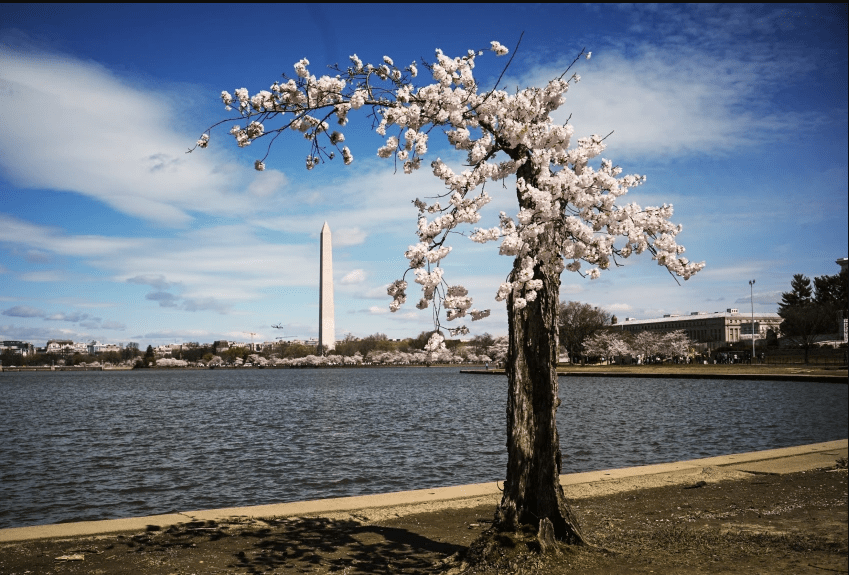Events Calendar
June 8, 2024, 9:00 AM - 11:00 AM
Healthy Forests Workday: Invasive Plant Removal at Bacon Ridge Natural Area
Crownsville, MD
Join Scenic Rivers Land Trust at Bacon Ridge Natural Area in Crownsville to remove invasive vines, shrubs, and grasses. These aggressive invaders threaten vegetation at all levels of the forest from the ground up into the forest canopy. Learn more here.
July 11, 2024, 8:30 am - 1:00 pm
Forest Management for Wildlife Symposium: Ruffed Grouse, American Woodcock, Young Forests, & More Cacapon Resort State Park, Berkeley Springs WV
This symposium will provide landowners and land managers insights about how to implement forest management practices that can benefit a diversity of wildlife, including ruffed grouse, American woodcock, rabbits, wild turkey, golden-winged warblers, pollinators, and more. Register for this free symposium here.
October 18-20, 2024
2024 Chesapeake Watershed Forum
Shepherdstown WV
The19th annual Chesapeake Watershed Forum at the National Conservation Training Center (NCTC) in Shepherdstown, WV on October 18-20, 2024. This watershed-wide event reaches over 400 restoration and conservation practitioners annually to inspire and empower local action towards clean water. Registration Opens August 5. Learn more at https://www.allianceforthebay.org/event/chesapeake-watershed-forum/




